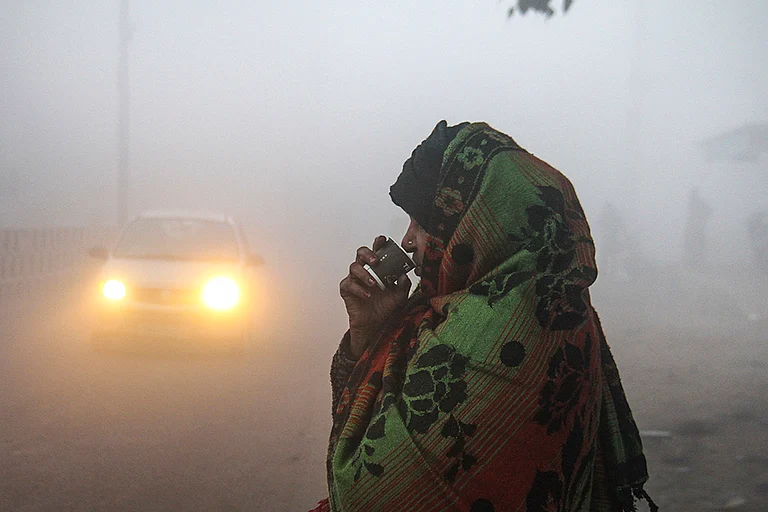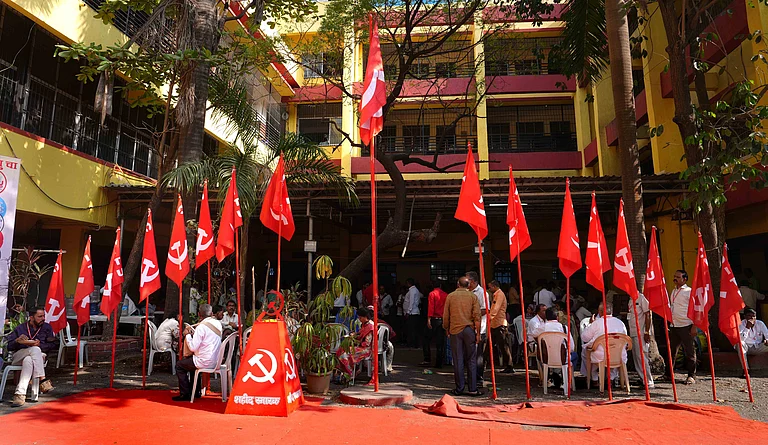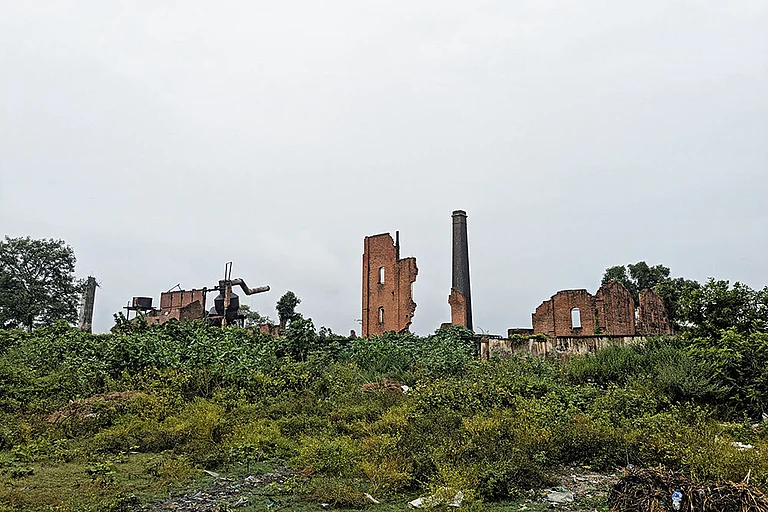Last week, the government announced a hike on the minimum price that mills have to pay to sugarcane growers, also known as the Fair and Remunerative Price (FRP). The FRP of sugarcane has been increased by Rs 25 to Rs 340 per quintal for the 2024-25 season starting October, the highest since 2014. The decision was taken at the meeting of the Cabinet Committee on Economic Affairs (CCEA) chaired by Prime Minister Narendra Modi.
The announcement comes amid a raging farmers’ protest along the Punjab-Haryana border where farmers have been demanding minimum support price (MSP) on all crops. It also comes just a couple of months away from elections. Interestingly, the FRP announcement is significant for Uttar Pradesh and Maharashtra, the biggest suppliers of sugarcane, the third being Karnataka. The two states also have the highest number of Lok Sabha seats.
In this context, Outlook takes a look at how FRP differs from MSP and how it may have an impact.
What is FRP?
Fair and Remunerative Price is a price declared by the government, which sugar mills are legally bound to pay to sugarcane farmers for the procurement. The payment is governed by the Sugarcane (Control) order, 1966, which was amended in 2009 by then UPA government. The amendment replaced the Statutory Minimum Price (SMP) of sugarcane with FRP. In case of failure to clear the dues, there is a threat of action by cane commissioners who may attach the mill properties as arrears of land revenue.
FRP is determined on the basis of recommendations of the Commission for Agricultural Costs and Prices (CACP). Several factors are considered while announcing FRP, including cost of production of sugarcane, recovery of sugar from the cane, price at which sugar is sold, profit from the sale of sugar and its by-products such as molasses, bagasse and press mud etc. Some states like Uttar Pradesh, Haryana and Punjab also offer higher price for sugarcane under the State Advised Price (SAP), which sugar mills in these states abide by.
The CCEA approved the FRP of sugarcane for 2024-25 at Rs 340 per quintal at sugar recovery rate of 10.25 per cent, Information and Broadcasting Minister Anurag Thakur announced. The new FRP is 107 per cent higher than A2+FL cost of sugarcane, he added. It was Rs 210 per quintal in 2013-14 marketing year, Rs 220 in 2014-15 and increased to Rs 275 in 2018-19 and 2019-20. It further increased by Rs 40 between 2020 and the 2023-24 marketing year.
The government, while making the announcement, also said that it is considering the demand for a higher minimum selling price (MSP) for sugar.
What is Minimum Selling Price?
Minimum selling price, not to be confused with the MSP that the farmers are fighting for, is the minimum price at which the mills can sell sugar to the market. It was introduced in Sugarcane (Control) order in 2018 to ensure that the industry gets at least the minimum cost of production of sugar so that it can clear the dues of farmers.
This is particularly important considering the repeated complaints of farmers not receiving sugarcane dues from the mills. Meanwhile, the mill associations – particularly All-Indian Sugar Traders Association (AISTA) and Indian Sugar Mills Association (ISMA) – claimed that stagnancy in MSP would expose the industry to ‘cash losses’, resulting in non-clearance of dues to farmers.
MSP on sugar has been the same since 2018 at Rs 3,100 per quintal. However, Food Secretary Sanjeev Chopra, speaking to the media, indicated that the government was considering the demand for a higher MSP in sugar.
How does it differ from Minimum Support Price?
Minimum support price, for which thousands of farmers have been on protest for the past two weeks, is the minimum price at which the government procures crops – cereals, pulses, oilseeds, cotton, jute and coconut – from farmers. This MSP serves as the basic guarantee for farmers amid market vulnerabilities and fluctuations, including the rise of corporate domination. The government announces MSP every year for certain crops. It has been announced on 23 crops.
While sugar is affected by FRP and MSP both, going by abbreviations, it is not affected by minimum support price. MSP of sugar is fixed after taking into account the FRP of sugarcane and minimum conversion cost of the most efficient mills.
During the massive farmers’ protest in 2020-21, farmers from Punjab, Haryana and Uttar Pradesh had among other demands, sought an MSP guarantee on all crops. However, the main demand was to repeal the three contentious farm laws – which the Centre eventually agreed to. The government had at the time also promised to look into the MSP demand but did not. As a result, they have renewed their protest this time. To address this, the Centre offered MSP on a few additional crops for five years but the farmers have rejected the proposal.


























